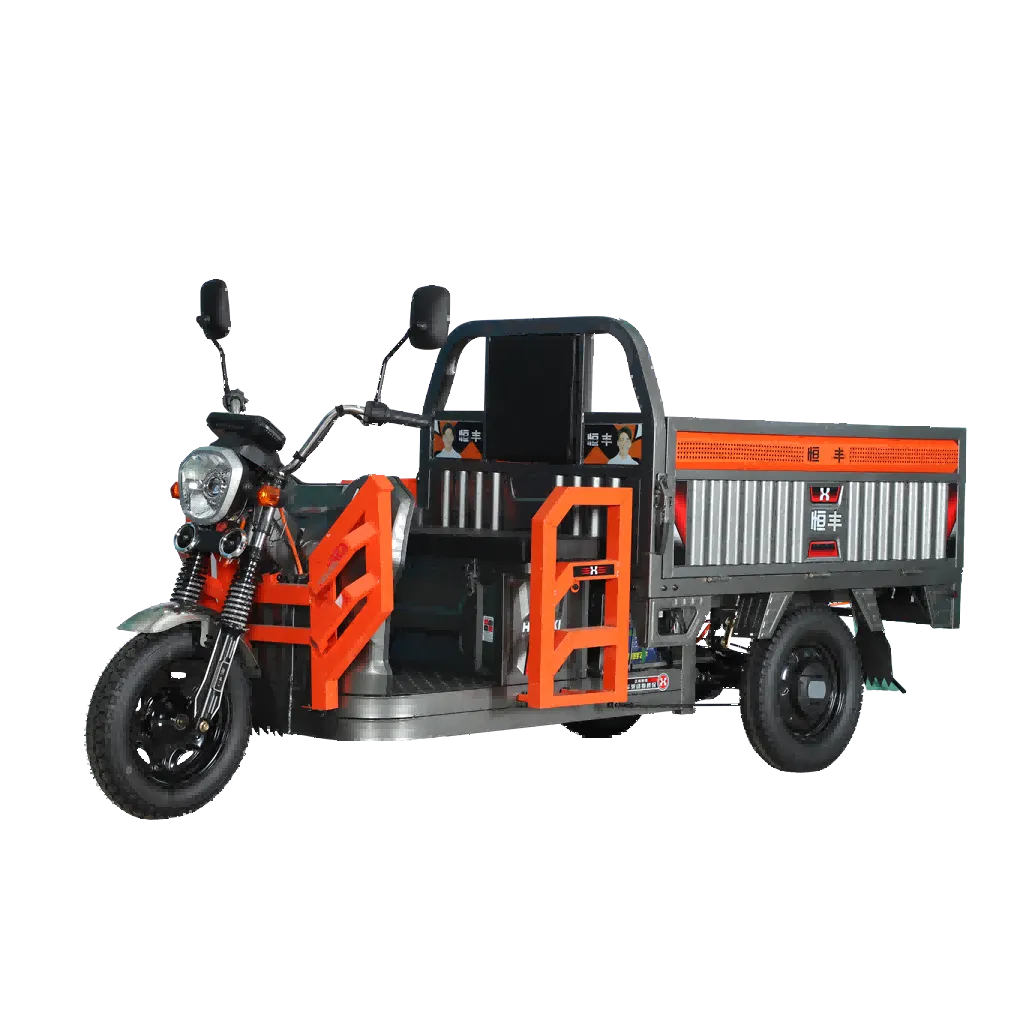The Rising Wave of Three-Wheeled Vehicles in Modern Cities
Urban transportation is undergoing a remarkable transformation as three wheelers emerge as an increasingly popular choice for city dwellers. These versatile vehicles, combining the maneuverability of motorcycles with enhanced stability and cargo capacity, are reshaping how people navigate crowded city streets. From electric tuk-tuks to sophisticated personal mobility vehicles, three wheelers are proving to be more than just a novel transportation option – they're becoming a practical solution to modern urban challenges.
In recent years, the surge in three wheeler adoption has been driven by several key factors: environmental consciousness, cost-effectiveness, and the growing need for efficient last-mile connectivity. As cities worldwide grapple with traffic congestion and pollution, these nimble vehicles offer a compelling alternative to traditional four-wheeled transport.
Environmental and Economic Benefits of Three-Wheeled Transportation
Reduced Carbon Footprint
Three wheelers, especially electric models, contribute significantly to reducing urban carbon emissions. Their lighter weight and smaller engines consume less fuel compared to conventional vehicles, making them an environmentally responsible choice. Many modern three wheelers incorporate advanced eco-friendly technologies, from regenerative braking systems to solar-powered variants, further enhancing their green credentials.
Cities that have embraced three wheelers as part of their public transportation network have reported notable improvements in air quality and reduced noise pollution. These vehicles require fewer raw materials to manufacture and maintain, resulting in a lower overall environmental impact throughout their lifecycle.
Cost-Effective Urban Mobility
The economic advantages of three wheelers extend to both operators and passengers. Lower purchase prices, reduced maintenance costs, and superior fuel efficiency make them an attractive investment for transportation businesses. For daily commuters, three wheeler services often provide an affordable alternative to traditional taxis while offering greater comfort than two-wheeled options.
Insurance and registration costs for three wheelers typically fall below those of conventional vehicles, contributing to their growing appeal among urban entrepreneurs and small business owners. The ability to navigate through traffic efficiently also translates to reduced operational costs and higher earnings potential for commercial operators.
Design Innovations Driving Adoption
Advanced Safety Features
Modern three wheelers incorporate sophisticated safety technologies that address traditional concerns about stability and protection. Enhanced suspension systems, anti-roll mechanisms, and improved braking systems have significantly elevated their safety profile. Manufacturers are continuously developing new features, from advanced driver assistance systems to impact-resistant materials, making these vehicles increasingly secure for urban use.
The inherent stability of three-wheeled design, combined with these safety innovations, has helped overcome initial skepticism and contributed to their growing acceptance among safety-conscious consumers. Many models now include additional safety elements such as reinforced cabins, seat belts, and weather protection features.
Ergonomic and Practical Design Solutions
Contemporary three wheeler designs prioritize user comfort and practicality. Improved seating arrangements, better weather protection, and innovative storage solutions make these vehicles suitable for various urban applications. The compact size allows for easy parking while maintaining sufficient space for passengers or cargo, addressing a crucial urban mobility challenge.
Manufacturers have also focused on customization options, offering various configurations to meet different needs – from passenger transport to delivery services. This adaptability has expanded the market appeal of three wheelers across diverse urban scenarios.

Integration with Smart City Infrastructure
Connected Vehicle Technologies
The latest generation of three wheelers increasingly features smart connectivity options. GPS tracking, real-time monitoring, and integration with mobile applications enhance the user experience while improving fleet management efficiency. These technologies enable better route optimization, reducing wait times and improving service reliability.
Smart charging stations for electric three wheelers are becoming common in progressive cities, creating a supporting infrastructure that encourages adoption. The integration of IoT sensors and telematics systems allows for predictive maintenance and improved vehicle performance monitoring.
Urban Planning Adaptation
Cities are evolving to accommodate three wheelers more effectively, with dedicated lanes, specialized parking areas, and charging infrastructure. Urban planners increasingly recognize these vehicles as an integral part of modern transportation systems, leading to more inclusive infrastructure development.
The integration of three wheelers into public transportation networks has created new opportunities for last-mile connectivity, effectively addressing the challenges of urban mobility gaps. This systematic approach to infrastructure development continues to support the growing popularity of three wheelers in urban settings.
Frequently Asked Questions
Are three wheelers safe for daily urban commuting?
Modern three wheelers are equipped with advanced safety features and stability systems that make them suitable for daily urban use. With proper maintenance and responsible operation, they offer a safe transportation option for city commuting.
How do three wheelers compare to traditional vehicles in terms of environmental impact?
Three wheelers generally have a significantly lower environmental impact due to their lighter weight, smaller engines, and increasingly common electric powertrains. They produce fewer emissions and require less energy to operate compared to conventional four-wheeled vehicles.
What makes three wheelers particularly suitable for urban environments?
Their compact size, maneuverability, and efficiency make three wheelers ideal for navigating crowded urban streets. They require less parking space, consume less fuel, and can easily navigate through traffic, making them perfect for city use.

